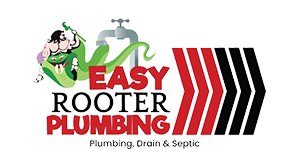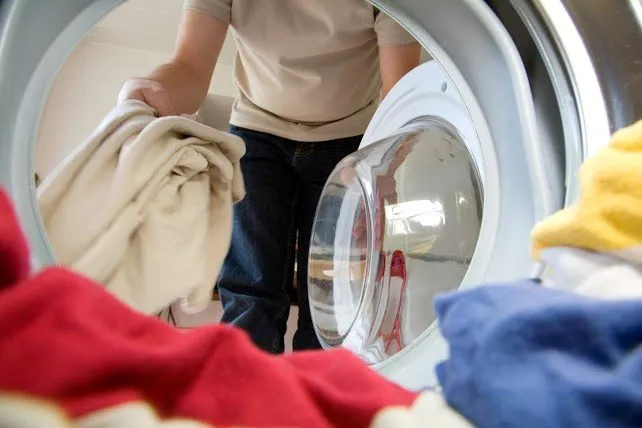5 WAYS A WASHING MACHINE CAN IMPACT A SEPTIC TANK
It’s common to associate a septic tank with toilet use, but another big outlet to the septic tank is the washing machine. Wastewater from a washer is typically harmless for septic tanks, but you should be aware of certain factors and conditions that can impact a septic tank.
Without proper care and planning, a septic tank can flood or clog due to the washing machine. Learn about five elements to be aware of and ways to ensure your septic tank remains clean.
1. Extra Loads of Laundry
A septic tank is only made to handle so much water on a given day. If you do multiple loads of laundry, then you can overload the septic system and not give the tank enough time to clear out excess water before the next load of laundry begins.
Ideally, you want to limit laundry to a single load per day. If you do need to do multiple loads, try to spread the loads out. Do one load in the morning and one load at night. If you have a work shift, then you can easily split up the loads to do one before your shift and one after the shift.
2. Overuse of Detergent
Along with extra loads of laundry, you should consider the amount of detergent you use to keep your clothes clean. If you use excess detergent, the chemicals can change the pH balance of your septic tank. A septic tank relies on specific bacteria to properly break down waste.
Not only does too much detergent use result in septic tank issues, but the extra detergent will not get your clothes any cleaner. The amount of water inside a washer will not properly rinse off all the detergent. A residue is left on clothes and can result in stiffness or strange textures.
The detergent will build up inside the washer and could lead to a rotten egg smell every time you wash your clothes. That buildup will slowly wash away into a septic tank and can lead to additional problems which may require professional assistance from plumbers Reno.
3. Powdered Laundry Detergent Use
One detergent to be aware of is powdered laundry detergent. The powder elements can lead to multiple septic tank problems. The ingredients used in powdered detergents are the main problem. To help maintain the size and texture of powdered detergent, many companies add fillers to the detergent.
The fillers are often not biodegradable and can lead to buildup inside the septic tank. The more the detergent is used, the more the layer will build up. Clogs could eventually form and the septic tank will not drain properly. You may see lawn flooding and need advanced repairs to make the septic tank operational again.
The problem may become worse when you overuse the powdered detergent. Clumps of detergent may not fully soak with water and go into the septic system as solid powder. The powder could increase the clogs and create even more problems. The same problems may occur with liquid detergents as well, but powdered detergents may have more harmful ingredients.
When you shop for detergent, check labels for 100% biodegradable ingredients. With all biodegradable ingredients, you can trust the detergent to break down inside a septic tank and not cause an increase in issues over time.
4. Water Use
Over the years, washing machines have become more efficient in the ways they clean clothes and use water. Older washing machines may use over 40 gallons of water just for a single load. If you want to decrease water use, then consider upgrading your washing machine.
An upgraded machine will drastically decrease water use and result in less impact on your septic tank. As you shop for a new washing machine, look at product specifications to see how much water is used per load. In some of the most efficient washing machines, you can decrease the water use to around 15 gallons.
Not only will you lessen the impact on your septic tank, but you have more opportunities to do extra loads if you need to.
5. Washer Lint Traps
Lint traps are typically associated with dryers, but many washers also include a lint trap. The lint traps do not need cleaning as frequently but can result in problems if ignored. If your washer’s lint trap is filled, then the excess lint will wash away into the septic tank. The fibers and lint will not break down in the septic tank, causing potential clogs.
The sludge layer of the septic tank may not have an immediate impact, but build-up over months can result in potential problems. Check your washer’s manual to determine how to clean the lint trap. Ideally, you want to clean the lint trap every few months, but the actual amount depends on how many loads of laundry you do per week.
For all of your septic tank problems, contact us at Easy Rooter Plumbing. We will help evaluate the situation, determine the cause of problems, and clean out clogged septic tanks.



